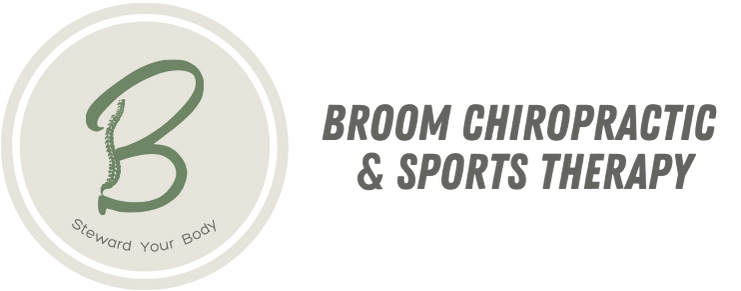Pain as a Motivator vs. Indicator of Progress
Pain is one of the most powerful motivators in healthcare. When pain strikes, it disrupts daily life, limits movement, and pushes individuals to seek help. As a clinician, I see this firsthand—patients often arrive at my office with the same question: “How can I get rid of this pain?” But while pain is an effective signal that something may need attention, it’s not always a reliable indicator of healing or progress. To truly recover, patients need to shift their focus from immediate pain relief to long-term function, resilience, and sustainable health.
Understanding Pain: More Than Just a Warning Sign
Pain serves an important biological purpose—it’s the body’s way of telling you that something might be wrong. Acute pain, such as the discomfort you feel after an injury, is protective and essential for survival. But when pain persists beyond the typical healing window, it becomes more complex and less tied to tissue damage.
Modern pain science reveals that chronic pain is often driven by changes in the nervous system, not ongoing injury. The brain processes signals from the body and decides whether or not to produce pain based on context, past experiences, emotions, and perceived threat levels. This means that pain doesn’t always equal harm, and tissue healing doesn’t always equate to the absence of pain.
Why Pain Motivates People to Seek Care
Pain has a way of capturing attention. It limits mobility, disrupts sleep, and reduces quality of life, making it difficult to ignore. For most patients, this is what drives them to seek care. But this initial motivation can sometimes create a short-term mindset where the goal is simply to feel better as quickly as possible.
While it’s natural to want pain relief, focusing solely on eliminating symptoms can lead to frustration and setbacks. Patients often interpret pain as a sign of failure or regression, which can lead to fear-avoidance behaviors, reduced activity levels, and further deconditioning. This is why it’s crucial to reframe the role of pain in the healing process.
Shifting the Mindset: From Pain Relief to Functional Resilience
Healing is rarely a linear process. Pain may fluctuate as tissues repair, muscles strengthen, and the nervous system adapts. To help patients navigate this journey, it’s important to guide them toward a new perspective—one that values long-term function and resilience over quick fixes.
Here’s how patients can make this shift:
1. Reframe Pain as Part of the Process
Pain isn’t always a setback—sometimes it’s a sign that the body is adapting to new demands. For example, mild discomfort during a rehabilitation exercise may indicate that muscles are being challenged in a healthy way. Patients should learn to differentiate between “productive pain” (related to adaptation) and “warning pain” (signaling potential overuse or injury).
2. Focus on What You Can Do, Not Just What Hurts
It’s easy to become fixated on avoiding pain, but this often leads to reduced movement and more dysfunction. Instead, patients should focus on what movements feel good and gradually build strength and mobility through those activities. By emphasizing progress in function rather than pain levels, they can develop confidence and reduce fear.
3. Trust the Process of Graded Exposure
One of the most effective ways to overcome chronic pain is through graded exposure—a process of gradually reintroducing movement in a controlled, non-threatening way. This helps desensitize the nervous system and retrains the brain to interpret movement as safe. Patients should understand that temporary increases in pain don’t always mean damage and are often part of this desensitization process.
4. Develop Resilience Through Consistent, Smart Movement
Consistency is key to building resilience. Regular, intentional movement improves tissue tolerance, reduces sensitivity, and strengthens the body’s ability to handle physical stress. This is where exercises like dynamic neuromuscular stabilization, functional rehabilitation, and controlled articular rotations (CARS) come into play. By incorporating these methods, patients can build long-term strength and reduce the likelihood of future pain episodes.
The Role of Clinicians: Educating and Empowering Patients
As a clinician, my goal is to provide more than just temporary pain relief—I aim to equip patients with the tools and knowledge they need for long-term success. This includes educating them about pain science, guiding them through progressive rehabilitation, and addressing factors like sleep, nutrition, and stress that influence recovery.
By shifting the focus from symptom relief to functional outcomes, patients become active participants in their healing process. They learn that setbacks are normal and that progress is measured by their ability to move better, perform daily tasks, and build resilience over time.
Conclusion: Pain Is a Starting Point, Not the Destination
Pain may be what brings patients into the clinic, but it shouldn’t be the only metric for success. By shifting the mindset from immediate relief to long-term function and resilience, patients can achieve sustainable improvements in their health. Healing takes time, and progress isn’t always pain-free—but with the right approach, it can lead to lasting results and a higher quality of life.
